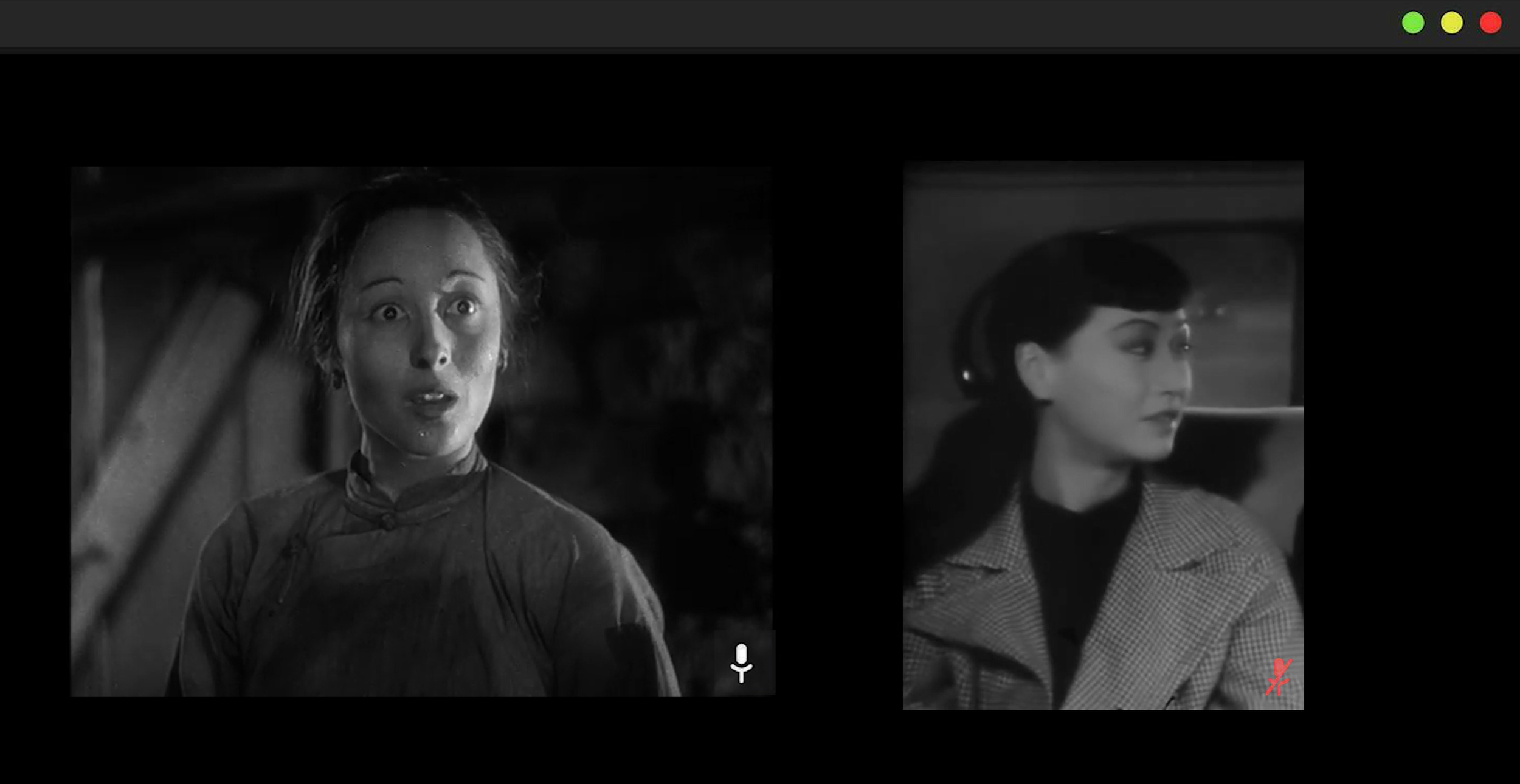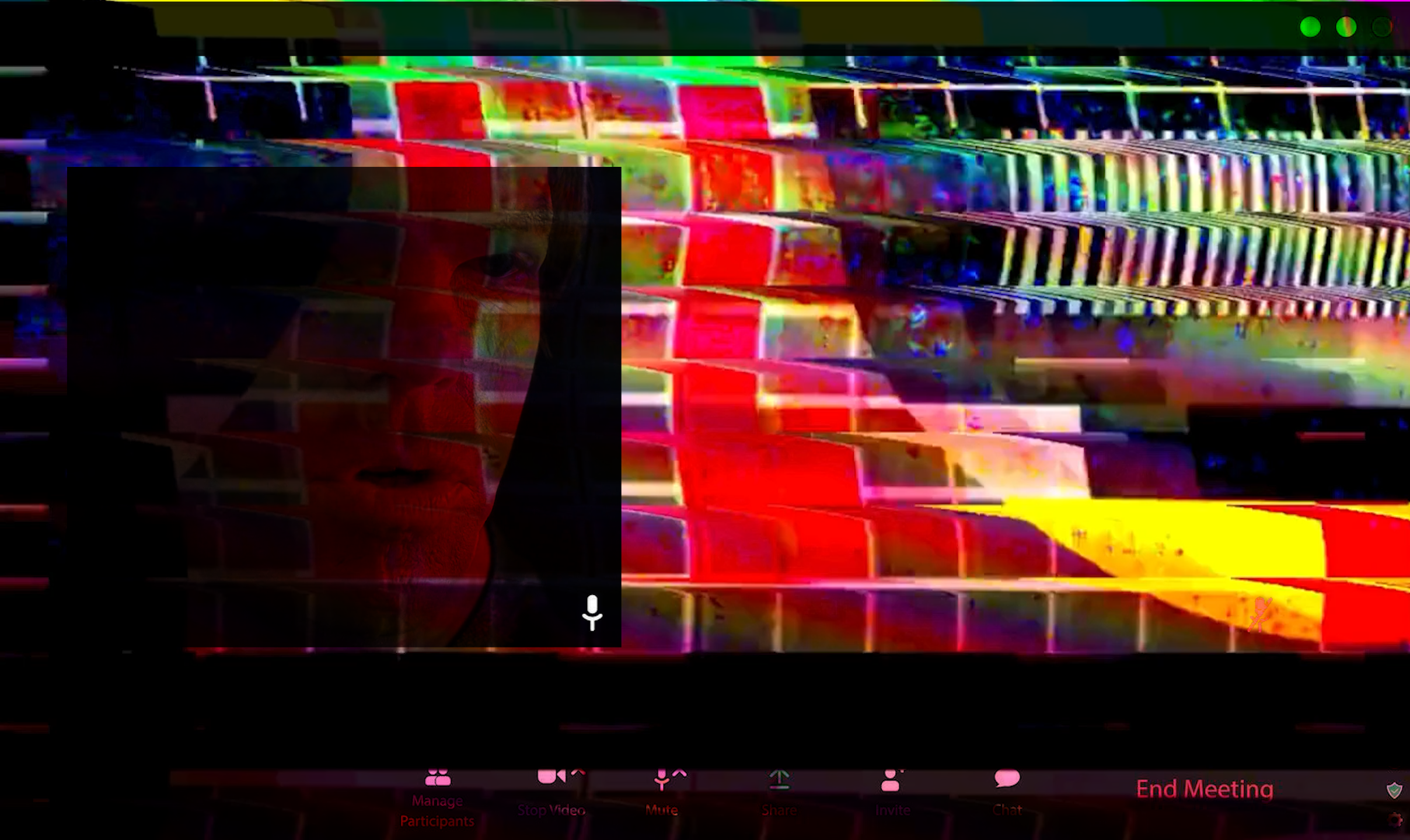System Booting
FILM SYNOPSIS
A fragmented transmission from a synthetic future unravels how Western science fiction disfigures Asian identity. Through glitch, silence, and erasure, this video essay confronts the persistent visual language of techno-Orientalism—a gaze that fetishizes, fragments, and programs the Asian body for consumption.
Anchored by the figure of Sonmi-451 from Cloud Atlas, the piece begins with a quiet discomfort: a hyper-feminized, mechanized Korean body portrayed with her voice flattened into scripted obedience. From there, the work spirals through decades of cinema—from classical Orientalist fantasies to cybernetic dystopias—tracing how Asian women are repeatedly rendered as silent workers, programmable lovers, and replaceable simulations.
Drawing from both Hollywood archives and digital aesthetics, System Booting | 비인가 시스템: 작동 오류 employs broken interfaces, voice distortion, algorithmic narration, and visual recursion to embody its critique. Rather than explain, it transmits. Rather than speak over the silence, it lets the system break itself.
This is not a documentary of facts, but of fractures. It is a counter-signal. A glitched memory. An unauthorized narrative.
WHY?
It started with a scene I couldn’t shake off. I was rewatching Cloud Atlas, and there was Sonmi-451—kneeling, serving, silent. At first, I didn’t fully understand why I was so unsettled. But the more I watched, the more I began to feel that she wasn’t simply a character in a sci-fi narrative—she was a function. A projection. Someone designed to appear Asian, behave obediently, and speak just enough. Even though her storyline is framed as an awakening, her programmed femininity and narrative containment left me with the feeling that she wasn't breaking free of the system—she was completing it. That discomfort stayed with me. As I continued writing my honors thesis on techno-Orientalism, I kept thinking about how much more could be communicated visually. That’s when the idea of a video essay emerged—not separate from my academic work, but as a parallel mode of research. One that wouldn’t just describe the mechanisms of erasure and fetishization, but embody them. Show them glitching. Failing. Repeating.
I started gathering clips. Not just from Cloud Atlas, but from Blade Runner, Ghost in the Shell, and old Hollywood films like Madam Butterfly and The World of Suzie Wong. Across genre and decade, I saw the same code: the Asian woman, whether geisha or android, always beautiful, always quiet, always designed for someone else. Not as character, but as interface. I didn’t want the essay to be led by a traditional voiceover. I wanted it to feel like it was being transmitted from inside the system—as if Sonmi herself was pushing against the script written for her. That’s how the title formed: System Booting. And in Korean: 비인가 시스템: 작동 오류—unauthorized system, malfunction. A fitting signal for what I was building: a fragmented broadcast, a refusal, a soft rebellion made of code and silence. The process became about systems breaking down. I edited together gestures—bowing, dancing, being touched, being still—and tried different visual structures: looping routines, temporal match cuts, fractured framing. These weren’t just performances. They were rituals of submission, executed over and over again, like pre-written commands. I wanted viewers to feel the repetition as constraint, not memory.
This project grew out of a question more than an argument. What do we inherit when we watch these images over and over again? And what happens when we rearrange them, when we let them speak to each other across time? In making this essay, I wasn’t trying to offer a solution. I just wanted to stay with the unease—and let it take a different form. Sometimes that meant silence. Sometimes repetition. Sometimes a system error. But through it all, I kept asking: What stories are we allowed to tell? And who gets to write the code?
Email me for access to the full film.
Frames





